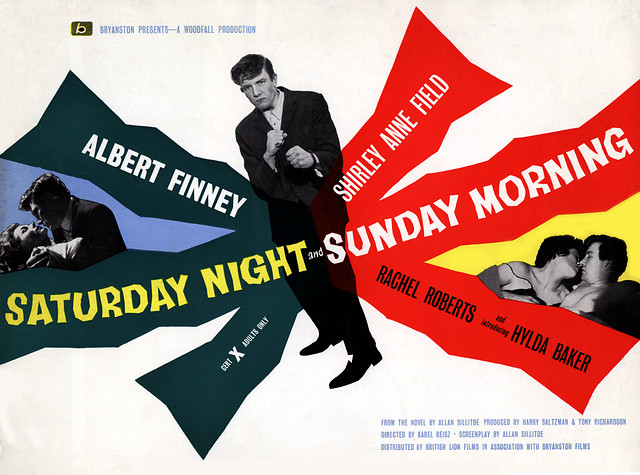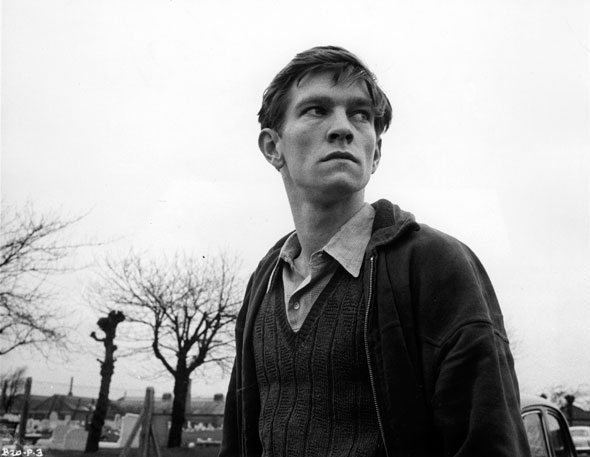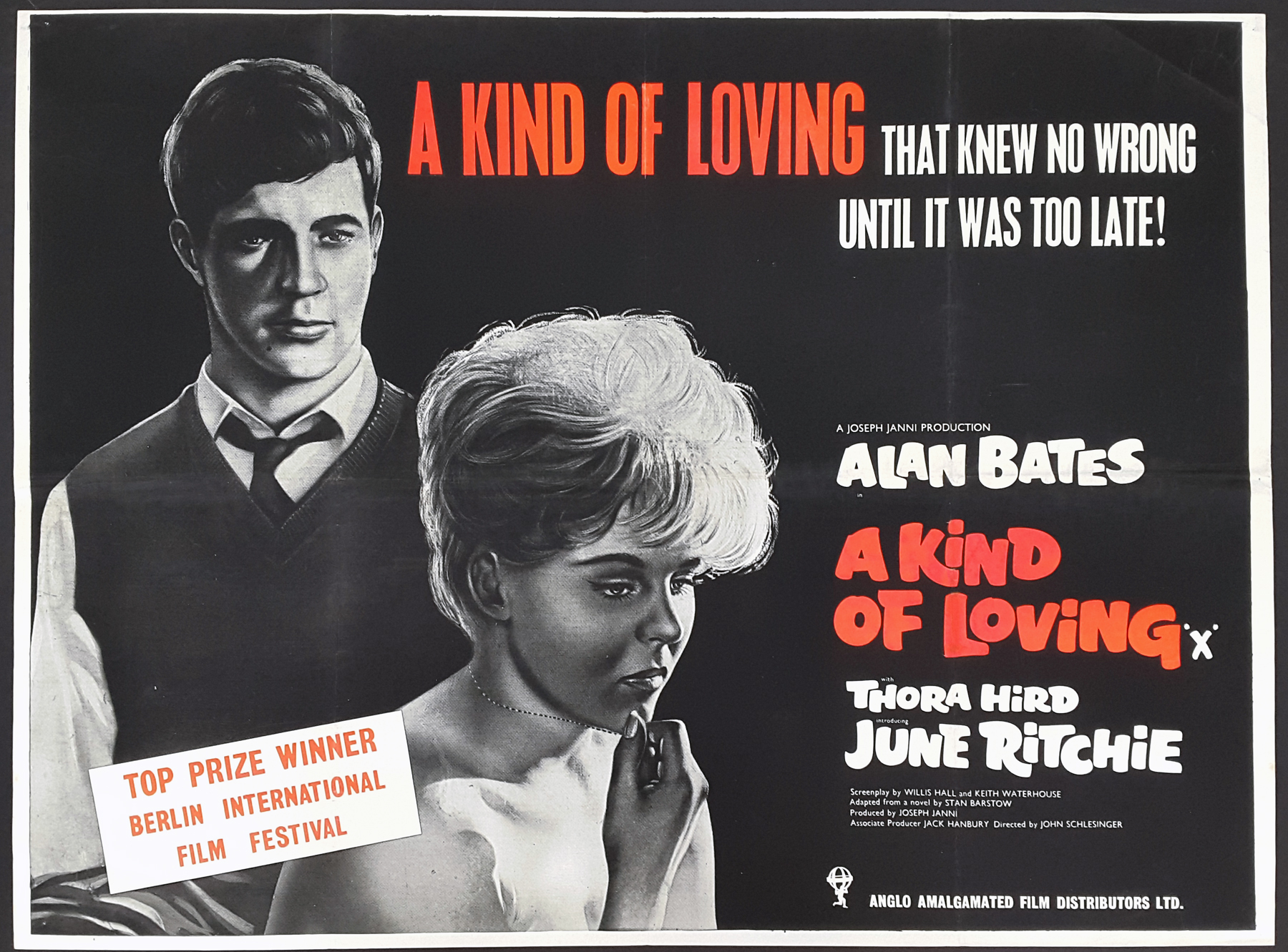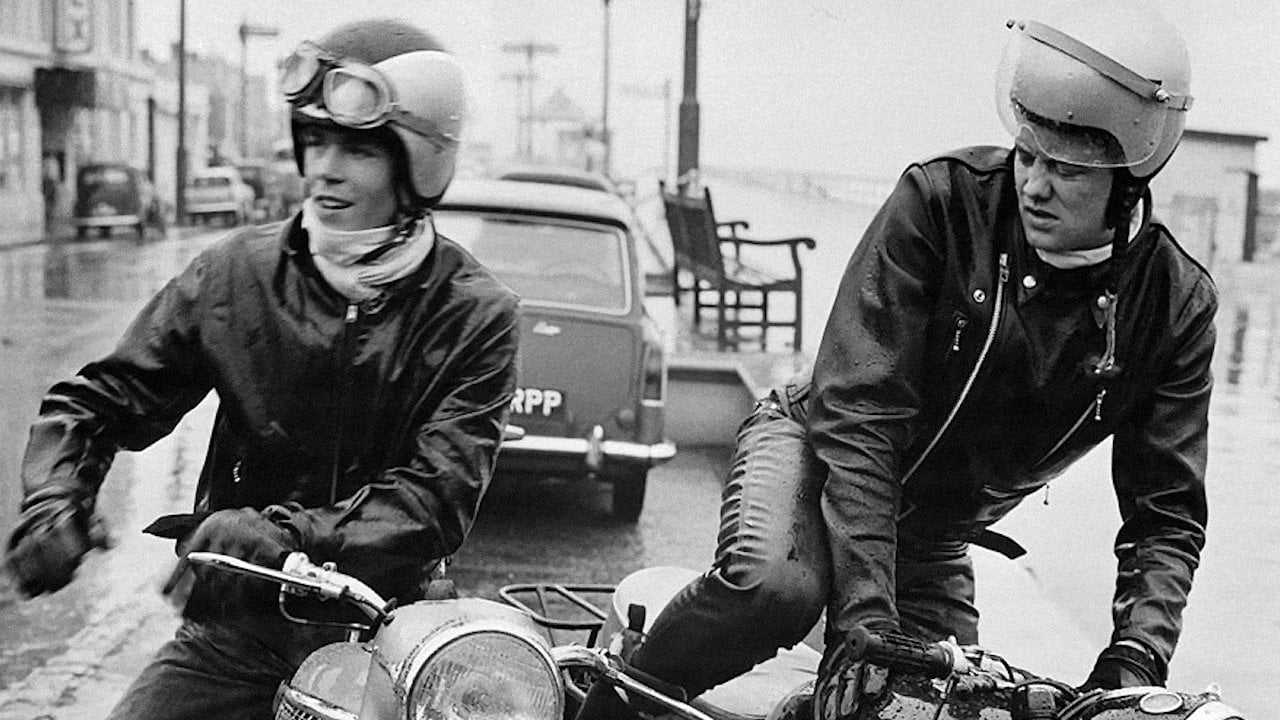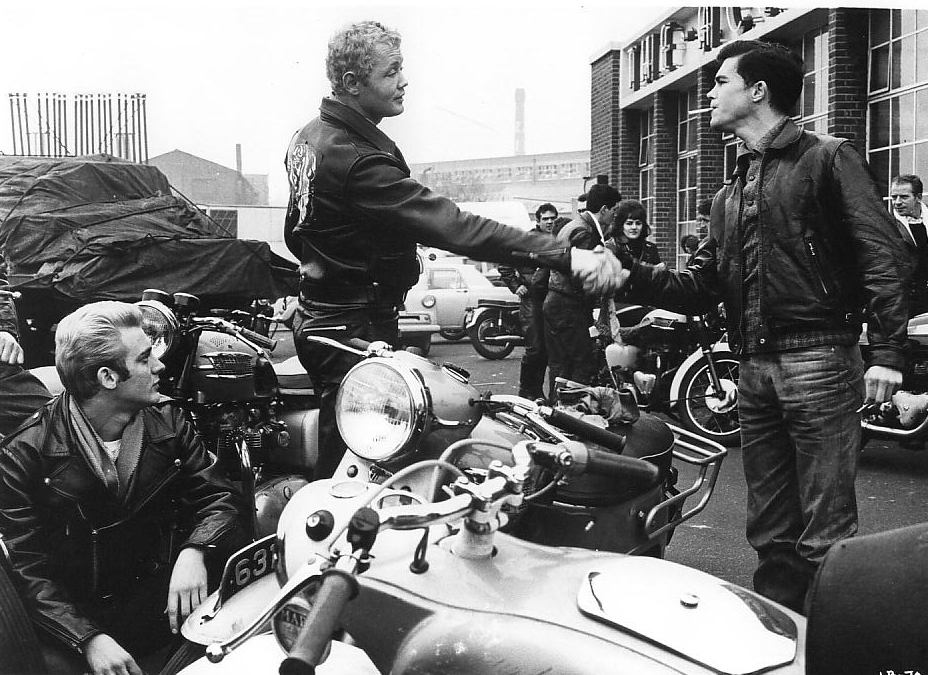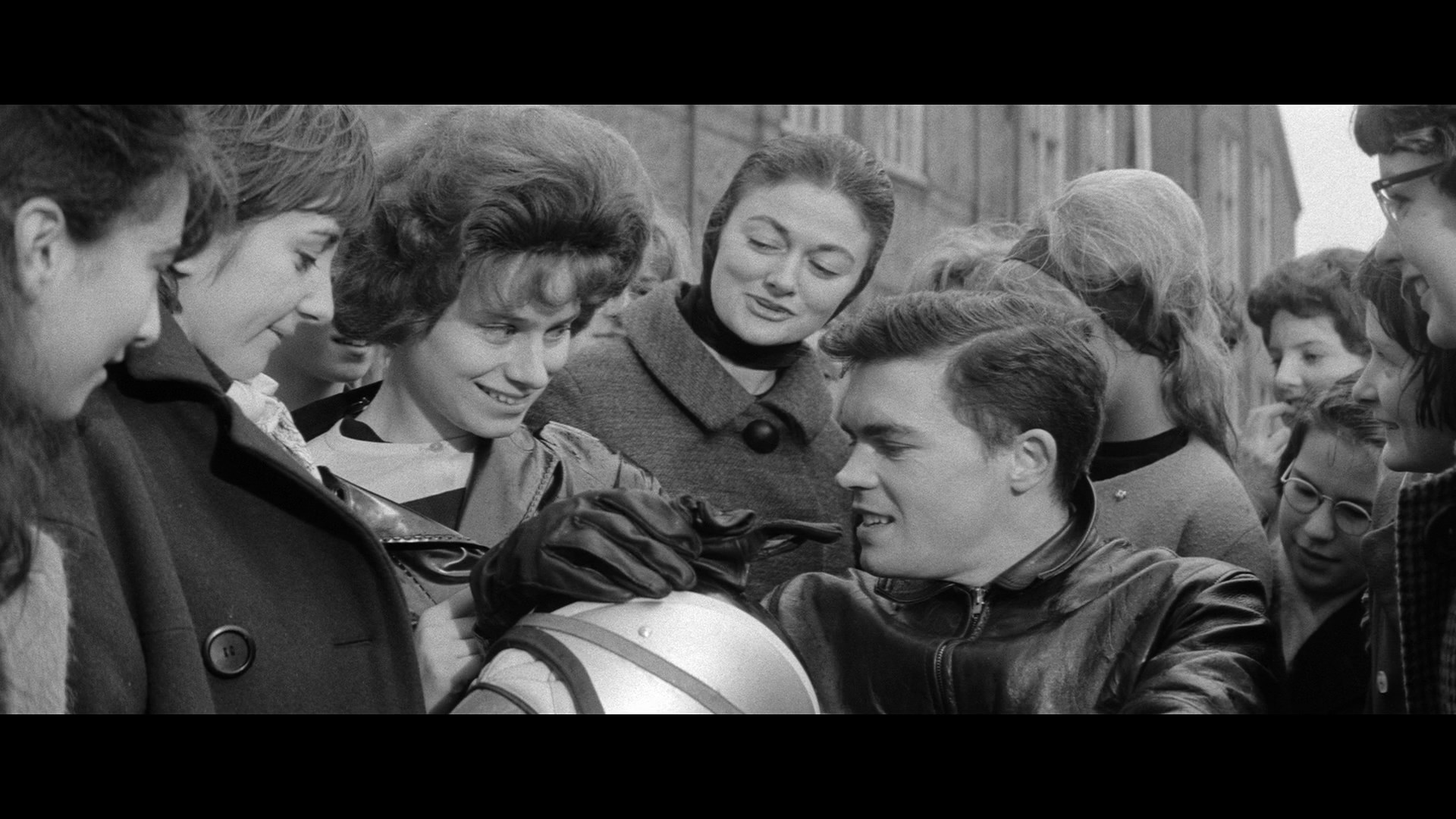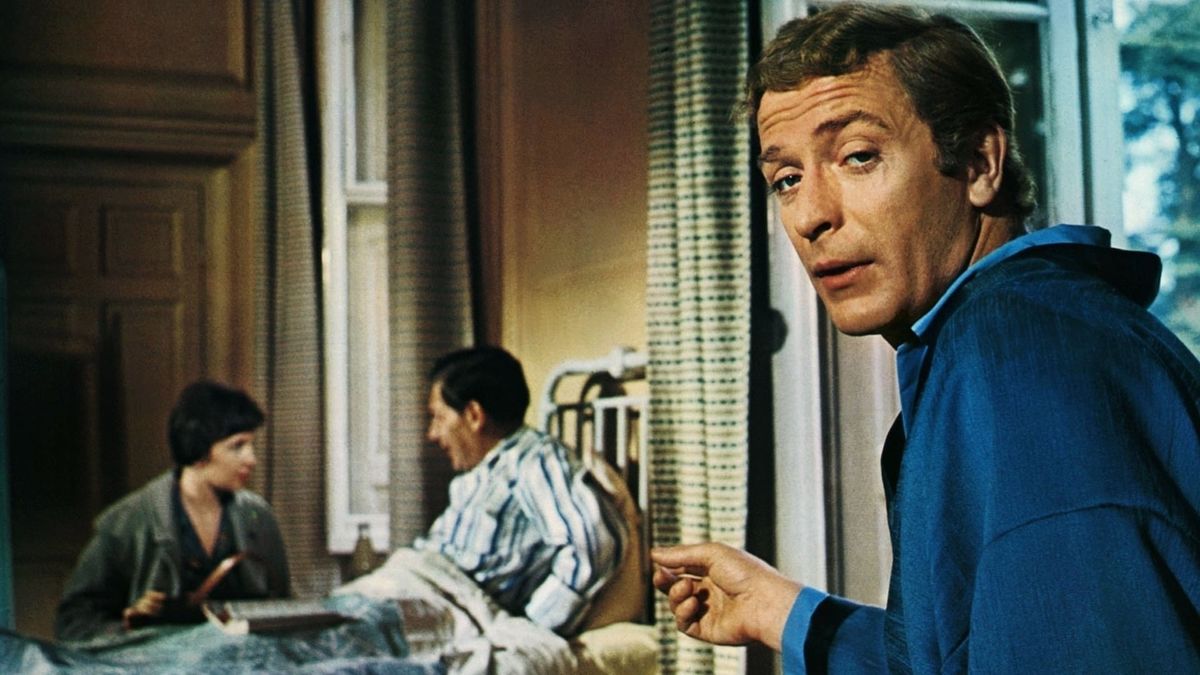The 1960s were a time of significant social and cultural change, and this was reflected in the films of the decade. One genre of films that became popular during this time was the kitchen sink drama, which focused on working-class characters and their struggles in everyday life. Here are the top 10 1960s kitchen sink films that had a lasting impact on cinema and society.Saturday Night and Sunday Morning
A Taste of Honey (1961) is a groundbreaking film that deals with issues of race, class, and sexuality. It tells the story of a young working-class girl, Jo, who becomes pregnant by a black sailor and struggles to raise her child on her own. The film challenges societal norms and offers a realistic portrayal of life for marginalized individuals in 1960s Britain.A Taste of Honey
The Loneliness of the Long Distance Runner (1962) is a powerful and thought-provoking film that explores themes of social class, rebellion, and the prison system. It follows a young working-class boy, Colin, who is sent to a reform school for committing a petty crime. Through his love for running, Colin finds a way to resist authority and express his individuality.The Loneliness of the Long Distance Runner
This Sporting Life (1963) is a gritty and emotional film that delves into the world of professional rugby league and the toll it takes on its players. The story follows Arthur, a working-class miner who becomes a successful rugby player but struggles to maintain relationships and find fulfillment outside of the sport. The film is a commentary on the exploitation of athletes and the damaging effects of toxic masculinity.This Sporting Life
A Kind of Loving (1962) is a moving and honest portrayal of a young couple's relationship in 1960s Northern England. Vic and Ingrid come from different social classes and face societal pressures as they navigate their marriage and parenthood. The film tackles issues of class, gender roles, and the expectations placed on individuals by society.A Kind of Loving
The L-Shaped Room (1962) is a poignant and emotionally charged film that follows a young unmarried woman, Jane, who becomes pregnant and moves into a run-down boarding house. The film deals with issues of poverty, loneliness, and the stigma surrounding single motherhood. Jane's journey of self-discovery and resilience make The L-Shaped Room a standout in the kitchen sink genre.The L-Shaped Room
The Leather Boys (1964) is a groundbreaking film that explores the taboo topic of homosexuality in 1960s Britain. It follows a young couple, Reggie and Dot, who get married despite Reggie's secret attraction to his male friend, Pete. The film challenges societal norms and offers a sensitive and realistic portrayal of the struggles faced by gay individuals at the time.The Leather Boys
The Knack...and How to Get It (1965) is a witty and satirical film that pokes fun at the social and sexual mores of the 1960s. It follows a young schoolteacher, Nancy, who moves to London and becomes the object of desire for three men. The film is a humorous commentary on gender roles, sexual liberation, and the generation gap.The Knack...and How to Get It
Alfie (1966) is a classic British film that became a cultural phenomenon upon its release. It follows the charming and womanizing Alfie, who navigates his relationships with various women while trying to avoid commitment. The film tackles themes of love, sex, and the consequences of toxic masculinity.Alfie
Poor Cow (1967) is a poignant and heartbreaking film that tells the story of a young mother, Joy, and her struggles to raise her son in poverty-stricken 1960s London. The film highlights the struggles faced by single mothers and the cycle of poverty that can be difficult to break. Poor Cow offers a raw and realistic portrayal of working-class life in the 1960s. In conclusion, the 1960s kitchen sink films were a diverse and impactful collection of movies that tackled important social issues and challenged societal norms. These films offered a raw and honest portrayal of working-class life and continue to be relevant and influential today.Poor Cow
The Rise of 1960s Kitchen Sink Films and Its Impact on House Design

Exploring the Origins of 1960s Kitchen Sink Films
 The 1960s were a time of great social and cultural change, and this was reflected in the films that emerged during this era. One particular genre that gained popularity during this time was the "kitchen sink" film. This term was coined to describe a type of British social realism drama that focused on the struggles and realities of working-class life. These films often depicted gritty and raw portrayals of everyday people and their mundane struggles, and it quickly became a popular subgenre in the film industry.
Kitchen sink films
were a direct response to the traditional, glamorous, and idealized portrayal of life in the movies. Instead, they sought to capture the harsh realities of everyday life, including poverty, unemployment, and domestic struggles. They were often shot in black and white, with a documentary-style approach, giving the audience a sense of authenticity and realism.
The 1960s were a time of great social and cultural change, and this was reflected in the films that emerged during this era. One particular genre that gained popularity during this time was the "kitchen sink" film. This term was coined to describe a type of British social realism drama that focused on the struggles and realities of working-class life. These films often depicted gritty and raw portrayals of everyday people and their mundane struggles, and it quickly became a popular subgenre in the film industry.
Kitchen sink films
were a direct response to the traditional, glamorous, and idealized portrayal of life in the movies. Instead, they sought to capture the harsh realities of everyday life, including poverty, unemployment, and domestic struggles. They were often shot in black and white, with a documentary-style approach, giving the audience a sense of authenticity and realism.
The Impact on House Design
 The rise of 1960s kitchen sink films had a significant impact on
house design
during this period. As these films portrayed the struggles of working-class families, they also provided a glimpse into their living conditions. The stark and dreary interiors of these homes, often cramped and cluttered, were a far cry from the glamorous and luxurious homes depicted in Hollywood films.
This realistic portrayal of working-class homes challenged the traditional idea of what a home should look like. It sparked a shift towards a more functional and practical approach to house design, with a focus on affordability and simplicity. These homes were designed to cater to the needs of the working-class families, with functional and space-saving features.
Moreover, the kitchen sink films also highlighted the importance of the kitchen as the heart of the home. In these films, the kitchen was not just a place to cook but also served as a gathering place for the family. This emphasis on the kitchen as a communal space influenced the design of modern kitchens and their incorporation into the overall living space.
In conclusion, the rise of 1960s kitchen sink films not only brought a new genre to the film industry but also had a lasting impact on
house design
. These films challenged the traditional ideals of home design and promoted a more realistic and functional approach, paving the way for modern and practical living spaces.
The rise of 1960s kitchen sink films had a significant impact on
house design
during this period. As these films portrayed the struggles of working-class families, they also provided a glimpse into their living conditions. The stark and dreary interiors of these homes, often cramped and cluttered, were a far cry from the glamorous and luxurious homes depicted in Hollywood films.
This realistic portrayal of working-class homes challenged the traditional idea of what a home should look like. It sparked a shift towards a more functional and practical approach to house design, with a focus on affordability and simplicity. These homes were designed to cater to the needs of the working-class families, with functional and space-saving features.
Moreover, the kitchen sink films also highlighted the importance of the kitchen as the heart of the home. In these films, the kitchen was not just a place to cook but also served as a gathering place for the family. This emphasis on the kitchen as a communal space influenced the design of modern kitchens and their incorporation into the overall living space.
In conclusion, the rise of 1960s kitchen sink films not only brought a new genre to the film industry but also had a lasting impact on
house design
. These films challenged the traditional ideals of home design and promoted a more realistic and functional approach, paving the way for modern and practical living spaces.






